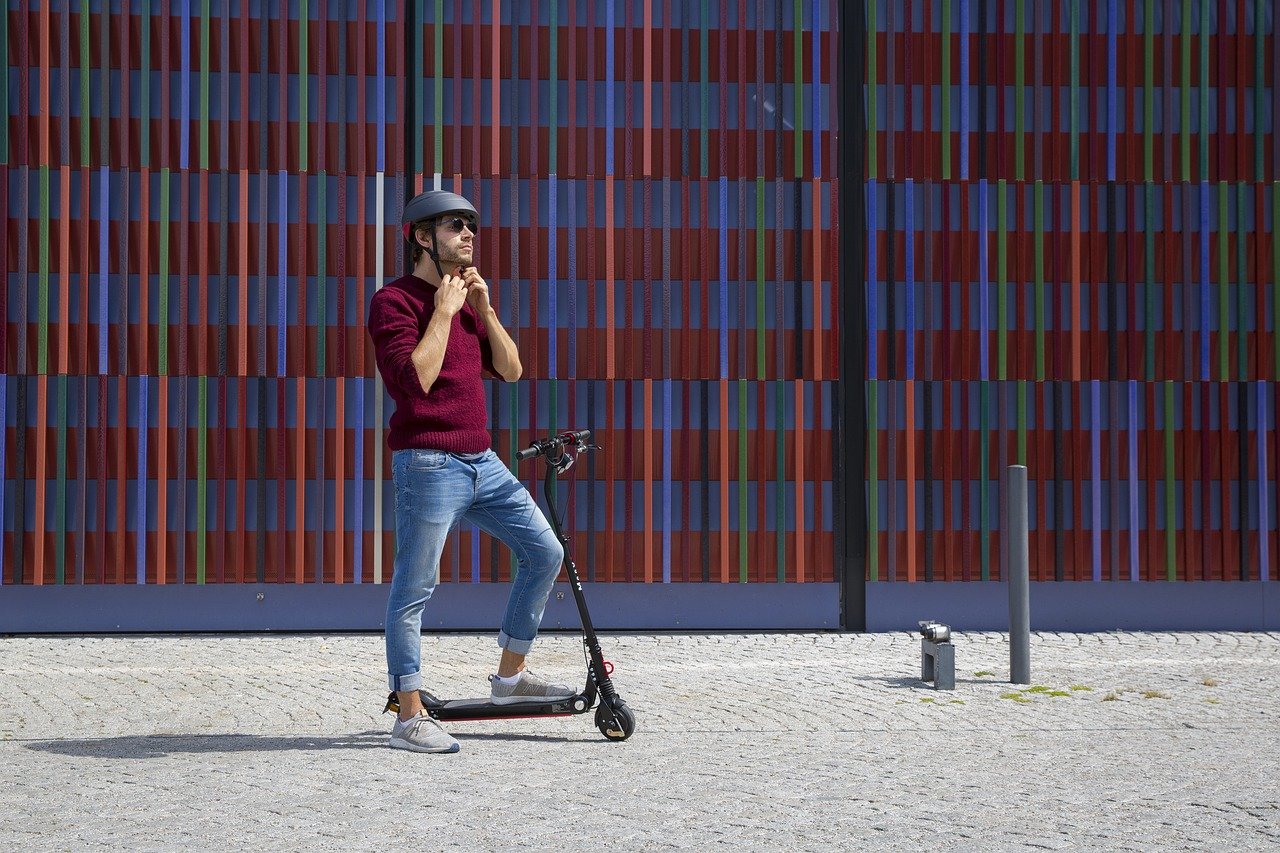The Rise of Micromobility: Scooters and E-Bikes in Brisbane

Once considered fringe novelties, electric scooters and e-bikes are now central players in Brisbane’s evolving urban transport network. With climate pressures, population growth, and post-pandemic habits reshaping cities, micromobility is offering a fast, clean, and flexible alternative — but not without growing pains.
Brisbane Leads the Pack
Brisbane was the first major Australian city to introduce shared e-scooter trials in 2018. Today, it boasts one of the largest micromobility fleets in the country, with more than 5,000 shared e-scooters and 2,000 e-bikes available across the city through operators like Neuron, Beam, and Lime.
According to Brisbane City Council, micromobility usage has increased by over 300% since 2020, with a record 4.2 million trips taken in 2024 alone.
“Micromobility is helping make Brisbane greener and more liveable,” says Cr Ryan Murphy, Civic Cabinet Chair for Transport. “It’s now part of our urban DNA.”
Who’s Riding, and Why?
Micromobility is no longer just for tourists. Data from Neuron Mobility shows that over 68% of scooter and e-bike trips in Brisbane are made by residents — often for commuting, shopping, or connecting to public transit.
Popular routes include:
- South Bank to Fortitude Valley
- UQ St Lucia to Toowong Station
- Kangaroo Point to CBD via the Riverwalk
Users cite speed, convenience, and environmental reasons as top motivators. "I ditched my second car,” says Lauren Chao, a teacher in West End. “I e-scoot to work, the gym, and even Woolies.”
Safety and Regulation
As usage increases, so does scrutiny. Brisbane has introduced a range of safety initiatives, including:
- Mandatory helmet rules with built-in helmet locks on scooters
- Speed-limited zones (12 km/h in high-pedestrian areas)
- “No-ride” and “slow zones” in parks and shopping precincts
- AI-powered sidewalk detection and parking alerts
Still, hospital admissions linked to e-scooters reached 320 cases in Brisbane in 2024 — prompting calls for better education and enforcement.
“Micromobility is here to stay,” says Dr. Kiera Samson, an ER specialist at Royal Brisbane. “But safety has to evolve with the tech.”
Environmental and Traffic Impacts
According to research by Griffith University, micromobility has helped reduce short car trips by up to 15% in Brisbane’s inner suburbs. That translates to lower emissions, less congestion, and more activated streets.
E-scooters produce roughly 25x less CO₂ per kilometre than petrol cars — and the latest models are built to last over five years with swappable batteries.
Meanwhile, council investments in bike lanes, end-of-trip facilities, and shared path upgrades are reinforcing a citywide push toward active transport.
Business and Tourism Boosts
Local businesses have felt the impact too. A 2024 survey by the Brisbane Economic Development Agency found that:
- 47% of users stop at cafés and shops during micromobility trips
- Tourists take 2.3 trips per day on average, boosting local spend
- Events like Riverfire saw record low parking congestion thanks to scooter use
“It’s helping us compete with the convenience of malls,” says Tariq El-Haddad, who runs a bookstore in West End. “People ride in and linger longer.”
Infrastructure Gaps Remain
Despite success, infrastructure challenges persist. Many suburbs — especially in the outer north and south — lack connected bike paths, lighting, or secure parking.
Advocates are calling for:
- A citywide micromobility masterplan
- More dedicated lanes and integrated signage
- Grants for e-bike purchases by low-income workers
The Council’s 2025 Active Transport Budget includes $46 million for upgrades, but urban planners warn this may not keep up with demand.
The Road Ahead
Brisbane’s micromobility scene is entering a new phase — moving from novelty to necessity. As the city targets net-zero by 2032 and braces for the Olympics, integrated, low-emission transport options will be crucial.
Neuron and Beam are both piloting adaptive scooters for riders with mobility needs, and council is exploring universal charging docks in high-traffic areas.
“If you want a city that's clean, connected, and climate-ready — micromobility must be part of the equation,” says Dr. Elias Monroe, urban transport analyst.
Conclusion: A Micro Shift with Macro Potential
In Brisbane, scooters and e-bikes are more than a passing trend — they're a powerful tool reshaping daily life, reducing reliance on cars, and opening new mobility frontiers. As other Australian cities watch closely, Brisbane’s journey may just be the model for an urban future built on two wheels, not four.